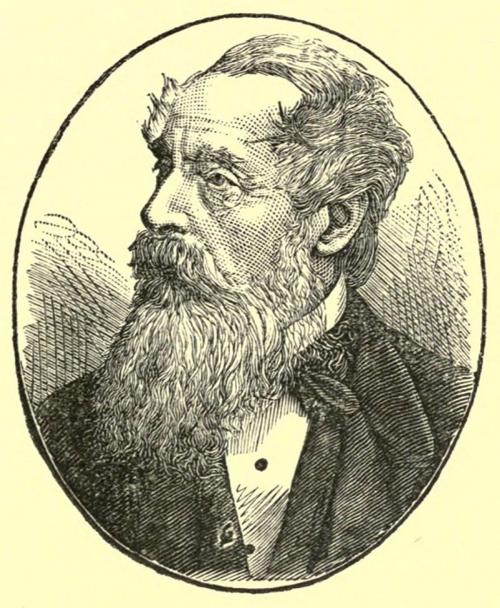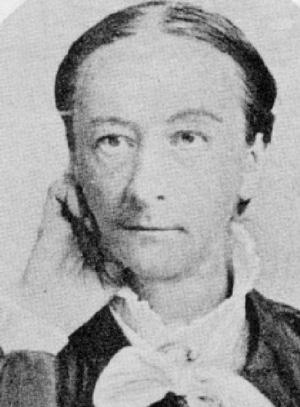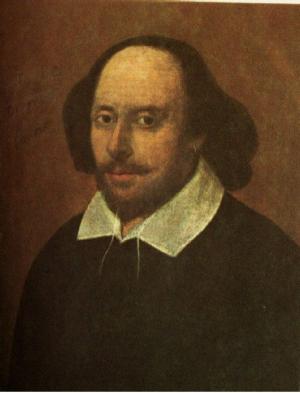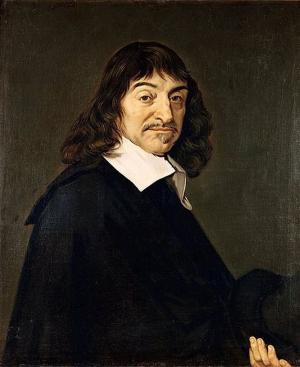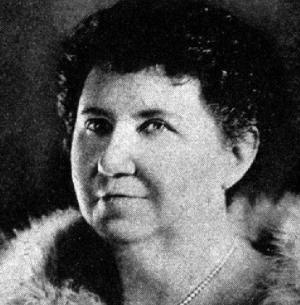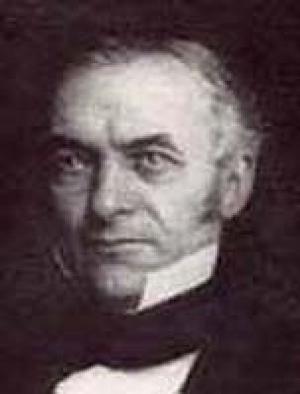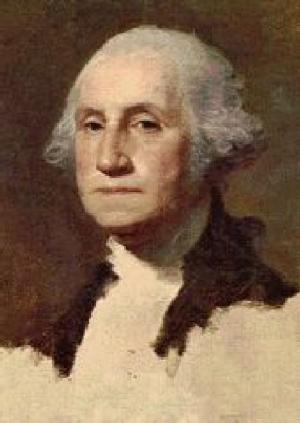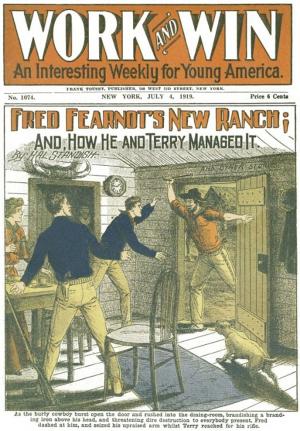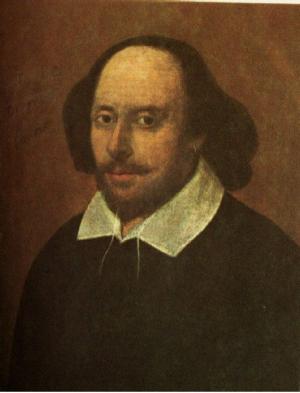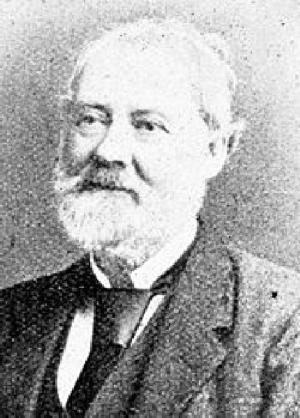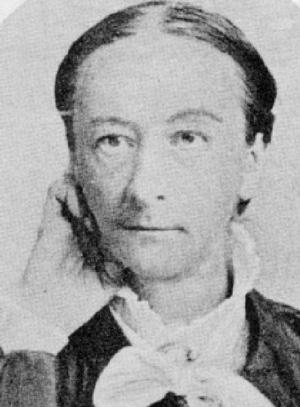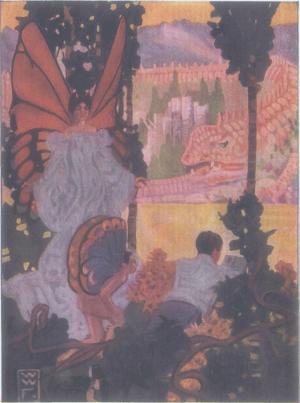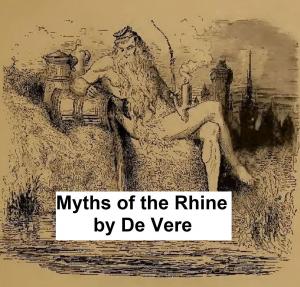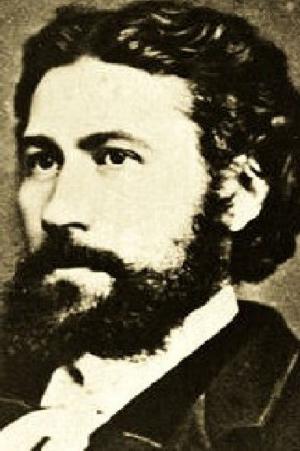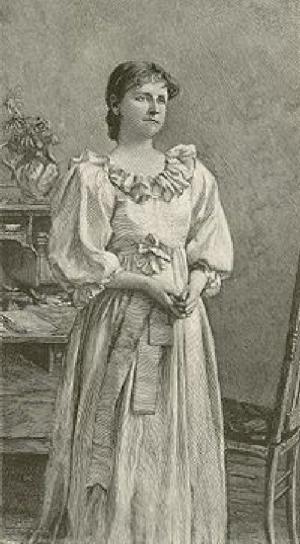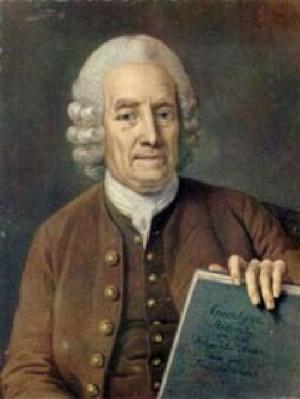The Cruise of the Mary Rose, or Here and There in the Pacific
Fiction & Literature, Classics, Kids, Teen, General Fiction, Fiction| Author: | Kingston, W.H.G. | ISBN: | 9781455391226 |
| Publisher: | B&R Samizdat Express | Publication: | June 10, 2015 |
| Imprint: | Quench Editions | Language: | English |
| Author: | Kingston, W.H.G. |
| ISBN: | 9781455391226 |
| Publisher: | B&R Samizdat Express |
| Publication: | June 10, 2015 |
| Imprint: | Quench Editions |
| Language: | English |
This book is very largely about the work of Christian missionaries in the Pacific. There is a thin plot, but otherwise we are treated to lengthy texts extracted from the reports of various missionaries, and of Naval officers who had visited the area. The book is dressed up with a cover and a title that makes it look like a boy's adventure story from the second half of the nineteenth century. I imagine that many a kindly old aunt, searching for a Christmas present for a favourite nephew, will have bought a copy, and been surprised when the "thank-you" letter didn't seem as effusive as she expected. But don't let me stop you reading it if you are interested in the work of these brave missionaries. Kingston is generally quite pious in his writings, so you can imagine how pious he is when trying to out-missionary the missionaries. Some of their more nauseous habits of their "clients" are described, such as eating your enemy when you have killed him. According to Wikipedia: "William Henry Giles Kingston (28 February 1814 - 5 August 1880), writer of tales for boys, was born in London, but spent much of his youth in Oporto, where his father was a merchant. His first book, The Circassian Chief, appeared in 1844. His first book for boys, Peter the Whaler, was published in 1851, and had such success that he retired from business and devoted himself entirely to the production of this kind of literature, in which his popularity was deservedly great; and during 30 years he wrote upwards of 130 tales, including The Three Midshipmen (1862), The Three Lieutenants (1874), The Three Commanders (1875), The Three Admirals (1877), Digby Heathcote, etc. He also conducted various papers, including The Colonist, and Colonial Magazine and East India Review. He was also interested in emigration, volunteering, and various philanthropic schemes. For services in negotiating a commercial treaty with Portugal he received a Portuguese knighthood, and for his literary labours a Government pension."
This book is very largely about the work of Christian missionaries in the Pacific. There is a thin plot, but otherwise we are treated to lengthy texts extracted from the reports of various missionaries, and of Naval officers who had visited the area. The book is dressed up with a cover and a title that makes it look like a boy's adventure story from the second half of the nineteenth century. I imagine that many a kindly old aunt, searching for a Christmas present for a favourite nephew, will have bought a copy, and been surprised when the "thank-you" letter didn't seem as effusive as she expected. But don't let me stop you reading it if you are interested in the work of these brave missionaries. Kingston is generally quite pious in his writings, so you can imagine how pious he is when trying to out-missionary the missionaries. Some of their more nauseous habits of their "clients" are described, such as eating your enemy when you have killed him. According to Wikipedia: "William Henry Giles Kingston (28 February 1814 - 5 August 1880), writer of tales for boys, was born in London, but spent much of his youth in Oporto, where his father was a merchant. His first book, The Circassian Chief, appeared in 1844. His first book for boys, Peter the Whaler, was published in 1851, and had such success that he retired from business and devoted himself entirely to the production of this kind of literature, in which his popularity was deservedly great; and during 30 years he wrote upwards of 130 tales, including The Three Midshipmen (1862), The Three Lieutenants (1874), The Three Commanders (1875), The Three Admirals (1877), Digby Heathcote, etc. He also conducted various papers, including The Colonist, and Colonial Magazine and East India Review. He was also interested in emigration, volunteering, and various philanthropic schemes. For services in negotiating a commercial treaty with Portugal he received a Portuguese knighthood, and for his literary labours a Government pension."
